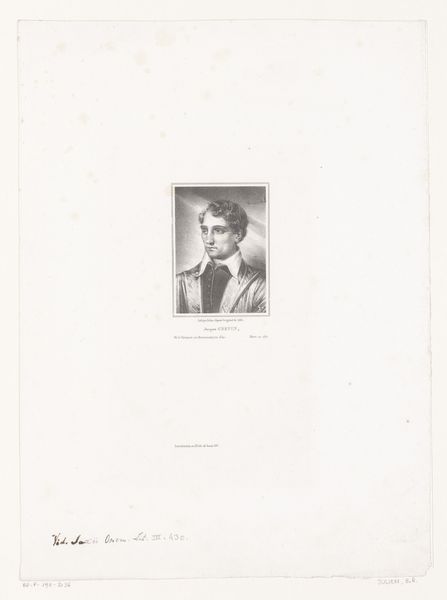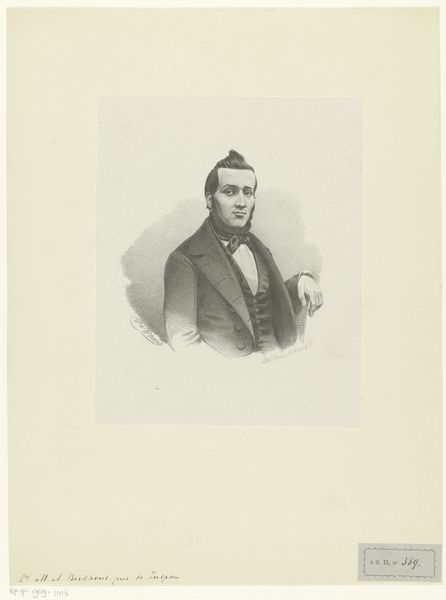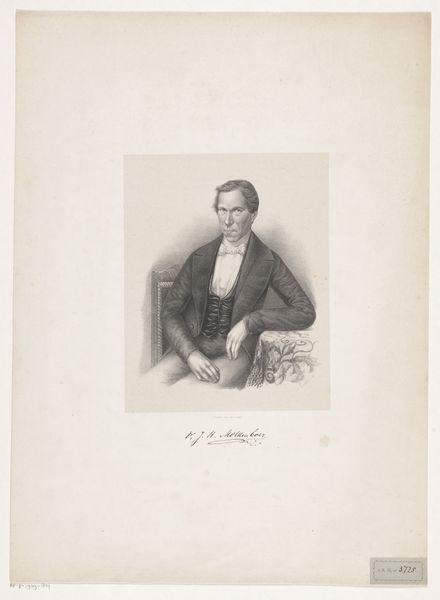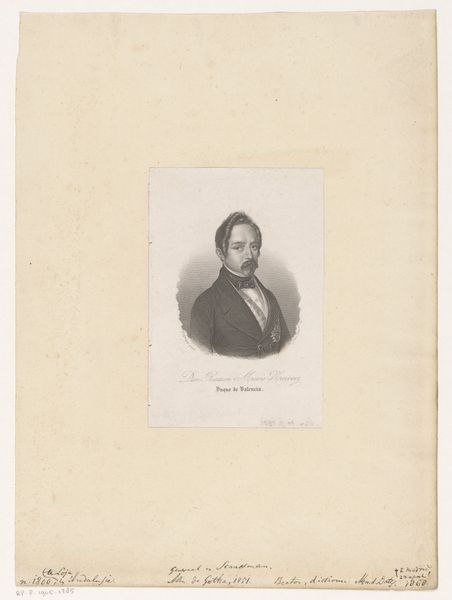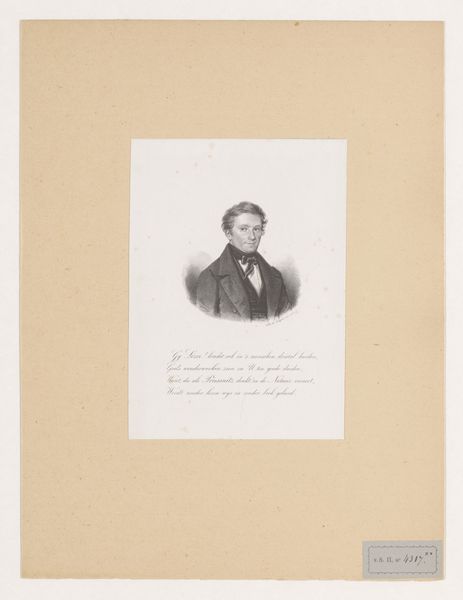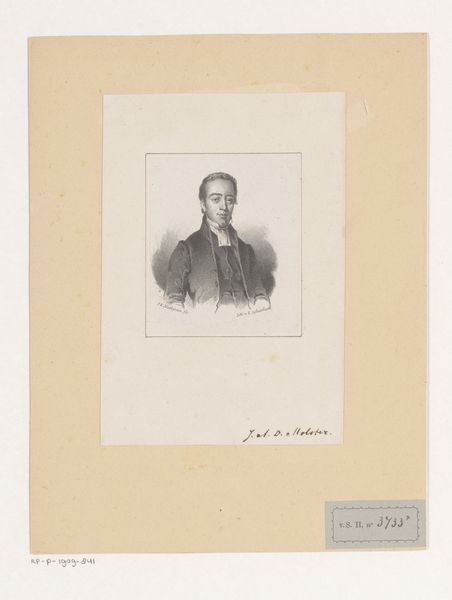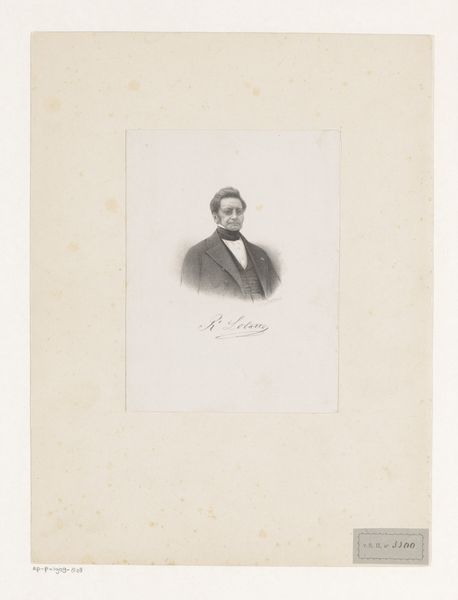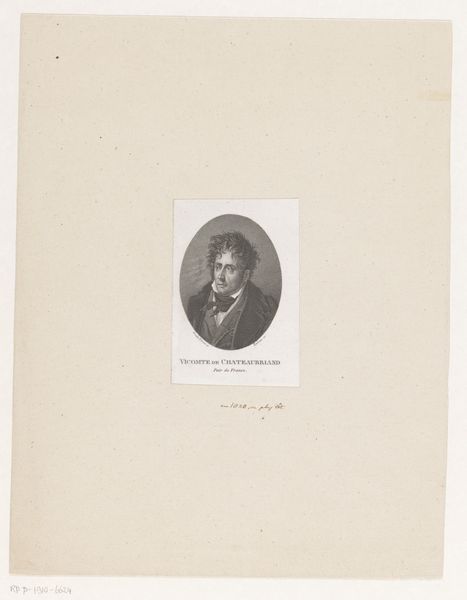
print, engraving
#
portrait
# print
#
romanticism
#
academic-art
#
engraving
Dimensions: height 156 mm, width 113 mm
Copyright: Rijks Museum: Open Domain
This portrait of Stephan Franz Viktor was made in the 1800s by Franz Xaver Eissner, using a process called etching. Etching involves coating a metal plate with a waxy, acid-resistant substance, then scratching an image into the wax. When the plate is dipped in acid, the exposed metal is eaten away, creating lines. The plate is then inked and printed, transferring the image to paper. The fine, precise lines of etching allow for detailed depiction of the sitter's features and clothing. Look closely, and you’ll notice that the artist has captured the subject with delicate marks. This printmaking method, which developed with industrial capitalism, allowed for widespread distribution, creating a demand for images among a growing middle class. Each print represents a labor-intensive process, yet the final product could be relatively affordable, democratizing access to portraiture. Considering the materials and techniques used in its creation helps us to appreciate the artistry and cultural significance of this portrait. It also prompts us to think about the intersection of art, craft, and the rise of mass production.
Comments
No comments
Be the first to comment and join the conversation on the ultimate creative platform.

